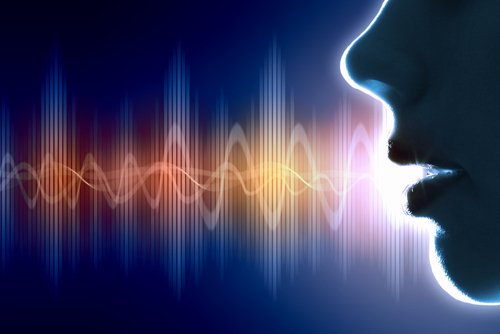Public speaking is often viewed as a test of nerves or charisma. But beneath the surface of stage presence lies a structured, intentional craft—one that relies not on flashy theatrics, but on three powerful tools: power, purpose, and pause. These elements, when used thoughtfully, can transform a speech from forgettable to unforgettable.

Power: More Than Just Volume
In everyday conversations, we rarely think about how power shapes the way we communicate. But in public speaking, power is foundational. It’s not about yelling or dominating the room—it’s about controlled presence. A speaker’s power comes from their stance, tone, gesture, and most importantly, their authenticity.
People instinctively respond to signals of authority. A speaker who stands upright, maintains eye contact, and speaks with steady confidence earns attention before uttering their message. This power is not to intimidate but to establish credibility. Audiences listen to those they trust, and trust begins with how you hold yourself.
However, power without purpose quickly becomes hollow.
Purpose: Every Word Should Serve a Goal
Too often, speakers fall into the trap of rambling—adding anecdotes, jokes, or facts without asking if those elements serve their message. Purpose demands clarity. Why are you speaking? What should your audience walk away remembering?
Effective speakers begin with intent. Every story, every stat, every slide is in service of that intent. This doesn’t mean stripping away emotion or spontaneity. In fact, purpose gives room for emotion to flourish—it just ensures the emotion is directed.
Purpose also sharpens the structure of a talk. With it, you can guide your audience, help them connect the dots, and leave them with something that lasts longer than applause.
Pause: The Unsung Hero of Communication
Perhaps the most overlooked tool in a speaker’s toolkit is the pause. Silence, when used strategically, can be more powerful than the words surrounding it.
Why? Because in a pause, the audience processes. They catch up. They anticipate. They reflect. In the rhythm of a speech, the pause is the punctuation. It signals that what was just said matters—or that what comes next is worth paying attention to.
Too many speakers fear silence. They rush to fill every moment, assuming energy comes from speed. But true impact comes from knowing when to step back. A well-placed pause adds drama, builds tension, and most importantly, respects the intelligence of the audience by giving them space to think.
The Interplay of All Three
When combined, power, purpose, and pause create a dynamic system. Power earns attention. Purpose gives that attention a direction. Pause allows it all to sink in.
Think of a great speech you remember. Chances are, the speaker had a clear message, delivered it with presence, and gave you time to absorb it. These are not accidents. They are the result of intention and practice.
A good speech is not a performance; it’s a conversation magnified. And like any good conversation, it needs structure, intention, and room to breathe.
Practice with Purpose
No one becomes a master of public speaking overnight. But by focusing on these three tools, anyone can improve.
- Start by recording yourself. Watch for where your message loses clarity or where your tone falls flat.
- Rehearse with silence. Mark places in your speech to pause—not just to breathe, but to let meaning settle.
- Trim what doesn’t serve your message. Less is often more when it comes to purpose-driven communication.
Public speaking isn’t about being someone you’re not. It’s about honing the version of you that best connects with others. Power shows confidence, purpose shows clarity, and pause shows respect—for your words, and for your audience.
Mastering these won’t just make you a better speaker. They’ll make you a more intentional communicator, in every area of life.
